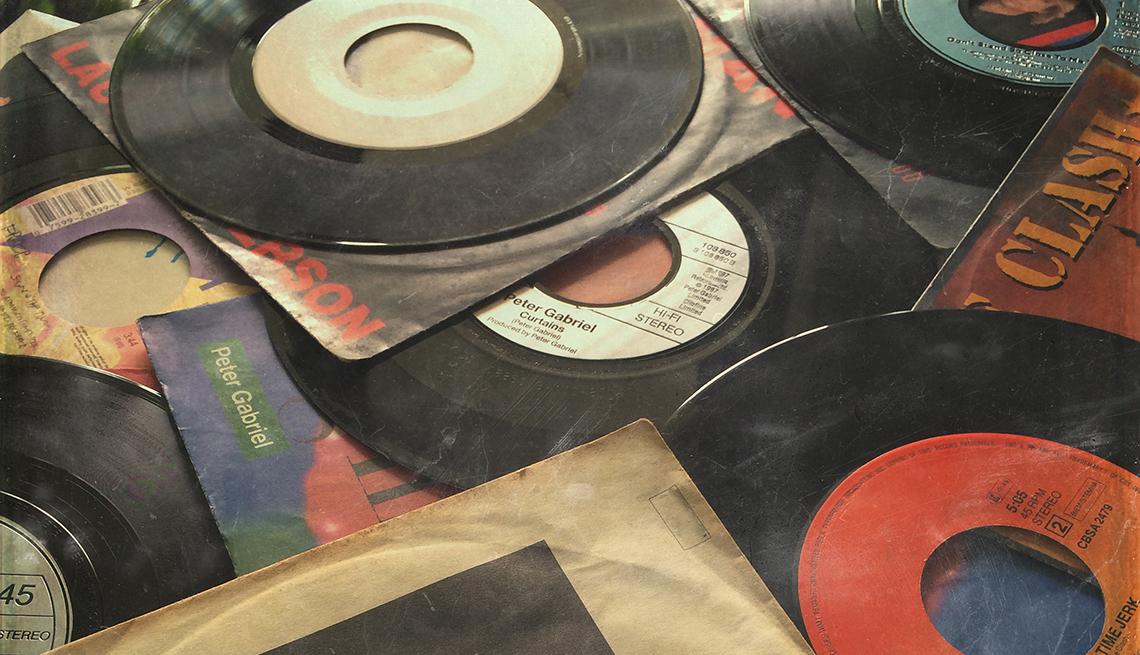The Evolution of Vinyl: Why Records Are Making a Comeback

In this digital age, it’s no surprise that music has evolved to become more convenient and accessible. With the rise of streaming platforms like Spotify, Apple Music, and Tidal, it’s easier than ever to listen to your favorite songs and discover new artists. However, despite the convenience of digital music, there is still a demand for physical music in the form of vinyl records.
In this blog, we’ll discuss the historical significance of vinyl records, the mechanics behind vinyl making, and the role of vinyl records in today’s music industry.
Introduction to Vinyl Records and Their Historical Significance
Vinyl records are a type of analog audio recording that were first introduced in the 1940s. They were a significant advancement in audio technology and quickly became the most popular way to listen to music. At their peak in 1977, 200 million records were sold worldwide. However, with the invention of the cassette tape and the CD, records saw a decline in popularity.

The Origins of Vinyl Music and Its Early Popularity
The first vinyl records were developed by Columbia Records and were made of a material called shellac. Shellac is a resin secreted by the female lac bug and is also used to make the finish for guitars and violins. While shellac records were a significant advancement in audio technology, they were also very fragile. This led to the development of the modern vinyl record, which is made of a more durable and higher quality material. Vinyl records were first introduced by RCA Victor in 1948 and were an instant commercial success.
Understanding the Mechanics Behind Vinyl Making
How Does Music Get on a Vinyl Record: The Technical Process
The process of vinyl making is quite technical and involves several steps. First, the music must be recorded and mastered. For vinyl records, the recording and mastering process is slightly different than it is for digital music. Vinyl records are an analog audio recording, which means that the recording and mastering equipment must also be analog. Once the music has been recorded and mastered, it can be used to create a stamper. The stamper is used to press the music into the vinyl record.

The Decline and Resurgence of Vinyl Records
As previously mentioned, the first records were made of shellac, which is a natural polymer made from the secretions of the lac beetle. This material was the industry standard for records until the 1940s when vinyl records were developed. The invention of the vinyl record was a significant advancement in audio technology, as vinyl records offered higher quality audio and were also more durable. However, with the invention of the cassette tape and the CD, vinyl records saw a decline in popularity. The cassette tape offered a more convenient way to listen to music, and the CD offered higher quality audio. As a result, vinyl records became largely obsolete.
Why Vinyl Records Are Making a Comeback Now
With the rapid rise of digital music and the expansion of streaming platforms, it’s no secret that the music industry has been significantly transformed by technological advancements. The convenience of having millions of songs at our fingertips and the ability to stream music from virtually anywhere has undeniably reshaped how we consume music. However, the recent resurgence of vinyl records serves as compelling evidence that the role of technology in the music industry is not always a straightforward, linear progression. This revival is not merely a fleeting trend but a multifaceted phenomenon driven by several key factors. One of the primary contributors to this vinyl renaissance is its nostalgic appeal, which resonates deeply with both older generations who grew up with records and younger listeners who are drawn to the tangible, physical experience that vinyl offers.
Additionally, the rise of the internet has played a crucial role, providing a platform for vinyl enthusiasts to connect, share their collections, and promote the culture surrounding vinyl records. Furthermore, there is a growing demand for high-quality audio, as many audiophiles argue that vinyl provides a richer, warmer sound compared to compressed digital formats. This combination of nostalgia, community, and superior sound quality has collectively fueled the comeback of vinyl records in an era dominated by digital music.
The Role of Vinyl Records in Today’s Music Industry
Vinyl vs. Digital: Comparing Sound Quality and User Experience
The resurgence of vinyl records has sparked a debate about the role of vinyl records in today’s music industry. With the convenience of digital music and the ability to stream millions of songs, many people are left wondering why anyone would want to buy vinyl records. However, what sets vinyl records apart is their audio quality and their ability to provide a more immersive listening experience.

Conclusion
In conclusion, the resurgence of vinyl records has sparked a renewed interest in records and has led to a shift in the way we consume music. What sets vinyl records apart from other music formats is their ability to provide a high quality listening experience and their nostalgic appeal. Despite the convenience of digital music, the demand for physical music in the form of vinyl records has continued to grow. The future of the music industry is likely to be a hybrid of both digital and analog music formats, with each serving a unique role in the way we consume music.
Play De Record vinyl record store in Toronto is dedicated to all things vinyl, from selling new and used records to DJ equipment Our blog covers a range of topics related to vinyl music and records, including the history of DJing, vinyl production, and maintenance tips. Check out our selection of records online or visit us in-store!




